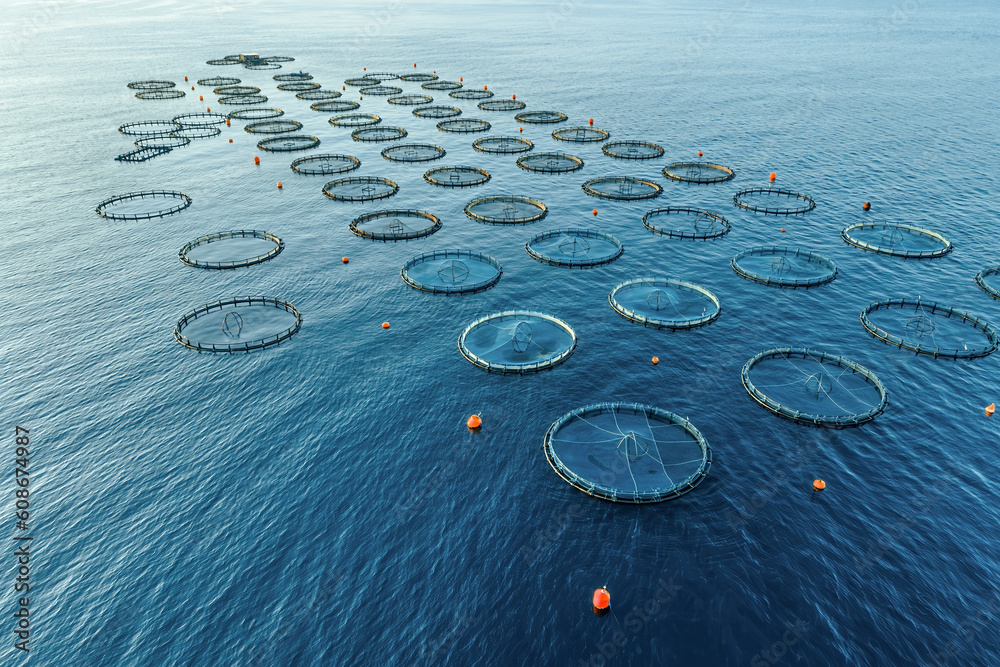Submitter: ICAR
Sea cage farming is viewed as a major option for increasing the seafood production and is expanding rapidly in recent years at global level. Sea cage culture involves growing fish in the sea in the enclosed net cage which allows free flow of water. It is a production system comprising of a floating frame of varying dimensions and shape, net materials and mooring system, to hold and culture a large number of fish. Cage culture can be undertaken in open seas, sheltered bays or lagoons having suitable water quality and can support livelihood to the coastal population in the coastal countries in African and Caribbean region.

Suitable sites for cage farming include coastal and marine waters having excellent water quality with dissolved oxygen > 5-8 mg/l, pH of 7.5-8.5 and salinity of around 30 ppt. Sites which are active fishing zones and close to harbours/fish landing centres and navigation channels, marine protected areas, coral reefs, mangroves, areas under coastal management plan, points of industrial effluent discharge, pollution, and heavy freshwater discharge by rivers are to be avoided during site selection.
The technology can be undertaken after suitable site selection in several African and Caribbean countries where vast coastal/marine water resources are available.
The technology of open-sea cage farming has been developed and demonstrated for a variety of species in different eco-regions. Presently, over 4000 cages has been installed along the Indian coast with average production levels of 2.5-3.0 tonnes in 6-8 months from a cage of 6 m diameter.
Cage culture can be established in open seas and backwaters with proper water quality, seed, feeding strategies, and access and permission from local authorities. This flexibility makes it possible to exploit underused water resources to produce marine fish. Being, a low-cost technology which can expand production horizontally and vertically through increase in the number of cages and increasing intensification, this technology is easily adoptable and scalable.
Dr. J.K. Jena
Deputy Director General (Fisheries Science Division)
Indian Council of Agricultural Research
Krishi Anusandhan Bhawan-II
PUSA, New Delhi-110012
India
Phone: 0091-1125846738
Email: ddgfs.icar@gov.in